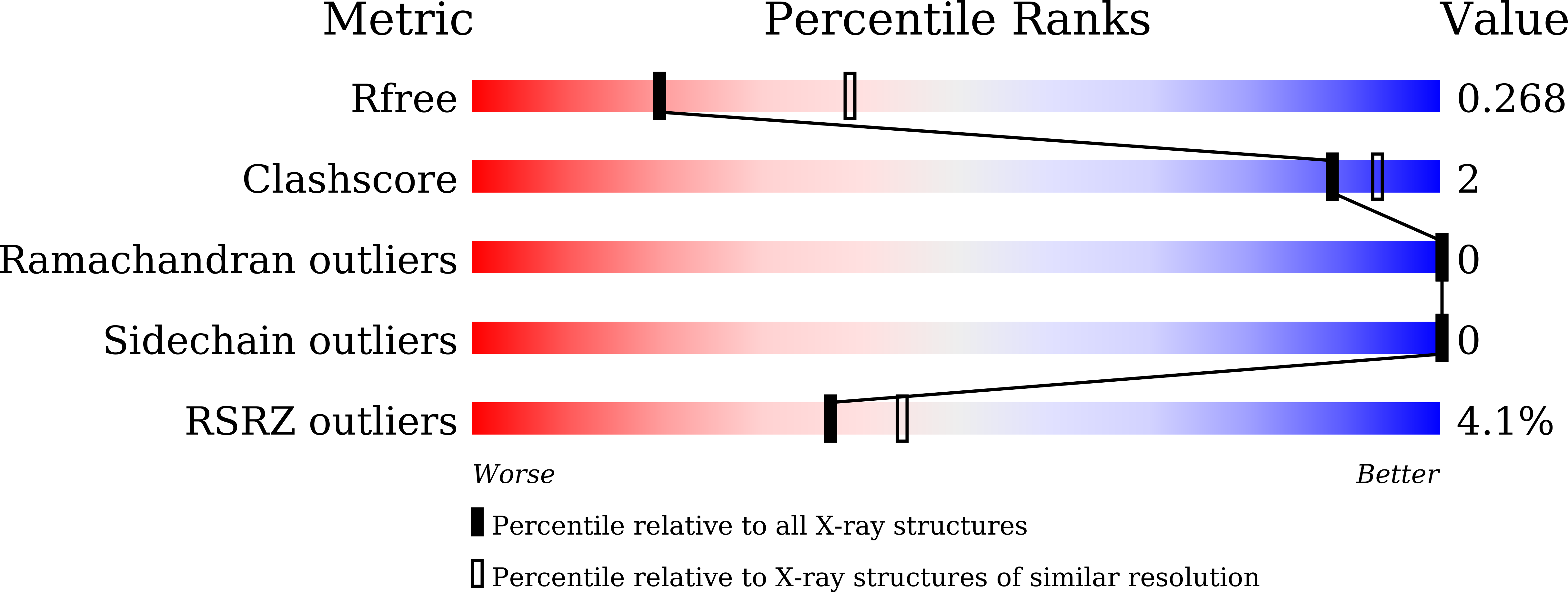
Deposition Date
2022-07-11
Release Date
2022-10-19
Last Version Date
2024-10-09
Entry Detail
PDB ID:
7YGG
Keywords:
Title:
Crystal structure of human CD47 in complex with engineered SIRPa.D1(N80A)
Biological Source:
Source Organism:
Homo sapiens (Taxon ID: 9606)
Host Organism:
Method Details:
Experimental Method:
Resolution:
2.76 Å
R-Value Free:
0.26
R-Value Work:
0.21
R-Value Observed:
0.21
Space Group:
P 21 21 21


